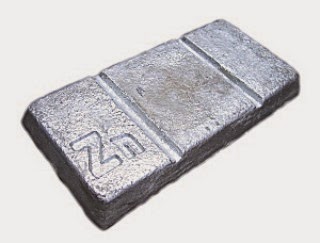The statistics released by the Aluminum Association indicates that the new mill orders for the month of March 2015 have increased significantly by nearly 10% from the same month a year ago. The orders jumped 6.6% from Feb ’14 levels.
The year-to-date new mill orders index was up by 7.0% in 2015.
New orders for plates have declined by 10.3% in March this year when compared with the same month a year ago. The Mar ‘15 plate orders were also down by 5.8% from January levels.
The heat-treatable sheet orders during the month of March this year surged higher by 125.7% from Mar ’14. Also, the orders climbed higher by 14.4% over the previous month. Non-treatable sheet orders were up by 7.7% year-on-year, but declined marginally by 0.2% from the previous month.
New orders for extruded products and domestic can were up in March, whereas those of foils and export can stock declined.
The orders of extruded products jumped 11.8% in March ‘15 when compared with the previous year. Also, extruded products orders were up by 10% when compared with February 2015 orders.
The Mar ‘15 orders of foils plunged by 17.3% when compared with the previous year. However, the orders rose significantly by nearly 9% from Feb ’15.
The orders of domestic can stock were up by 12.5% from previous year. Also, the orders during March were up by 10% over the previous month.
Also, the orders of export can stock fell 13.2% month-on-month in March ’15. The export can stock orders were up by 1.2% on year-on-year basis.










